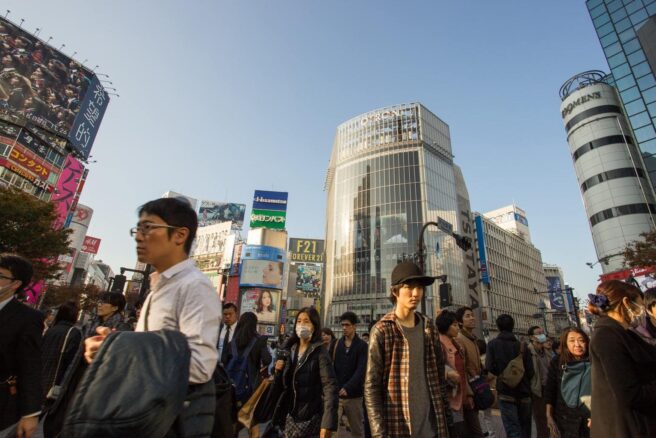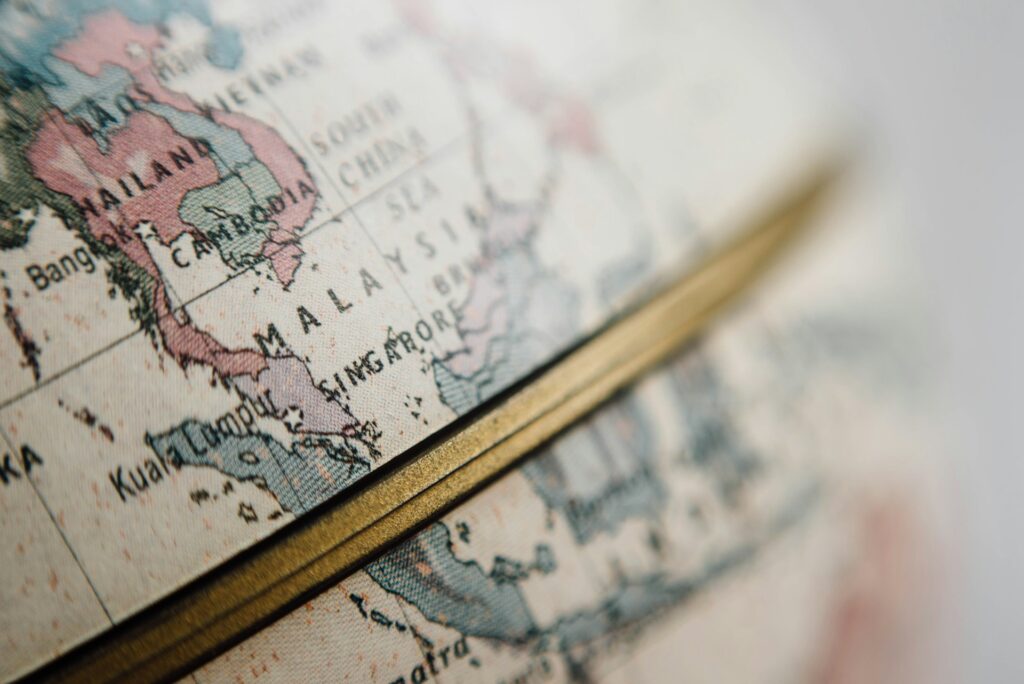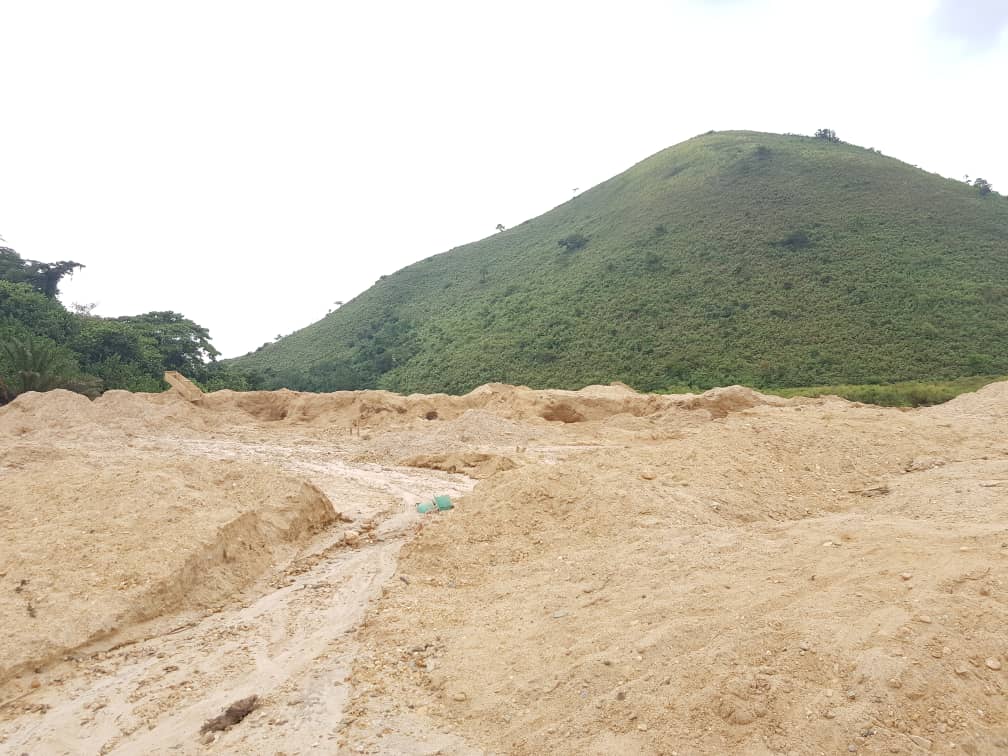Possibility of an armed conflict highlights Japan’s vulnerability as tensions in East Asia continue. Forced to rely on American military cooperation due to its ‘pacifist’ constitution, Japanese leadership ensures means for American hegemonic influence.
Japan and the United States of America have maintained exceptionally intertwined relations since the Second World War. While their cooperation has greatly benefitted economic growth, security interests and regional stability are often referred to as the cornerstone of the US-Japan alliance. At first glance their contemporary relationship appears almost symbiotic.
Article 9 of the post-war constitution of Japan states that Japan, as a sovereign nation, has forever renounced the right to wage war, and the use of force as means of settling international disputes. Since the Japanese political leadership has been unable to spearhead constitutional change, the country has maintained relatively modest Self-Defense Forces (JSDF). In case of a possible armed attack, Japan is reliant on close military cooperation with the United States.
However, because of the developments in the East Asian security environment and in the American foreign politics stance, recently Japan has been promoting a more active role within the restrictions stipulated by its constitution.
Article 9 of the post-war constitution of Japan states that Japan, as a sovereign nation, has forever renounced the right to wage war, and the use of force as means of settling international disputes.
Despite relatively weak military prowess, Japan has managed to retain its position as a key ally to the US in the Asia Pacific. In exchange for fulfilling security agreement obligations, Japan provides the US with funding, military facilities and access to the region. For the US, post-Cold War developments such as the emerged threat of North Korea and China’s economic and military expansion have provided concrete purpose for further enhancing bilateral relations with Japan.
Initially this relationship might seem like an equal exchange of favors. However, a closer look at the bilateral relations between Japan and the US seems to reveal characteristics typical of great power imbalance and hegemonic influence. The US position as a hegemonic power has been a subject for academic debate internationally, but rarely is that influence as direct as in the case of Japan.
Long-laid foundations of bilateral relations
Despite earlier historical encounters between the two countries, it is arguable that the contemporary hegemonic American influence over Japan is rooted in the aftermath of the Second World War. To end the war, the US dropped the world’s first deployed atomic bombs over the Japanese cities of Hiroshima and Nagasaki in August 1945. After Japan’s unconditional surrender, US general Douglas MacArthur led Japan’s occupation as the Supreme Commander of Allied Powers (SCAP).
Before the occupation ended in 1952, SCAP enacted widespread military, political, economic and social reforms that had lasting effects on shaping the Japan we know today. Debatably the most drastic changes, such as renouncing war as a sovereign right, were legitimated through American-drafted Constitution of Japan in 1947.
The contemporary hegemonic American influence over Japan is rooted in the aftermath of the Second World War.
As stipulated in this new constitution, Japanese Emperor Hirohito became a symbolic head of state, agreeing to exercise power in a purely ceremonial role. Instead of the old regime, the new constitution set a parliamentary system of government that the newly formed Liberal Democratic Party (LDP) successfully utilized and established their long-standing position as Japan’s leading political party. Furthermore, SCAP dismantled the Japanese army and forbade former military officers from ever taking positions as political leaders.
The occupation period was a period of pure American dominance, during which the Korean War (1950-1953) confirmed Japan’s place within the US defense perimeter. Japan was unable to regain sovereignty as a nation state before a bilateral security pact with the US was signed in 1951. These events sowed the seeds for the long-term US hegemony over Japan.
Division between leadership and the people of Japan
The end of the occupation did not diminish American influence and presence in Japan as the bilateral security pact that restored Japanese sovereignty allowed the US forces to remain on Japanese soil. Extraterritoriality clauses that protected US military personnel from e.g. local criminal prosecution, and the continued Japanese reliance on the US for guidance in domestic affairs, resulted in nationwide protests and resentment over the lack of independence of the judiciary.
Such was the case in the Sunagawa incident (1955), where the US Forces in Japan (USFJ) wished to extend the runway at Tachikawa airfield. When Japanese government began land expropriation procedures against local opposition, a district court ruled that stationing the US Forces in Japan violated the newly written constitution. After consulting with the US embassy in Japan, the Supreme Court of Japan overturned the ruling by invoking the so-called political question doctrine.
Questions about the constitutionality of the Japan-US Security Treaty and stationing of the US forces in Japan were circumvented by labeling them as highly political issues. This was the beginning of a practice that still continues today, where courts tend to invoke the political question doctrine, also to avoid deciding issues such as the constitutionality of the Japanese SDF itself.
While the dissenting opinions between Japanese government practices and the general public’s stance continued, post-war relations subsided and trade with the US expanded. Japanese self-confidence grew due to the country’s expanding economic prowess, resulting in growing desire for greater independence from the US. This was especially evident in the public protests towards US military bases on the four main islands of Japan and in Okinawa Prefecture.
Revelation of weaknesses
Ironically, the originally American-drafted constitution plays a central role in legitimizing Japanese participation limitations as a partner in US-led military endeavors overseas. For example, the US pressured Japan for further joint participation in international operations during the Gulf War (1990-1991) in the Middle East. However, restricted by its constitution, Japan was only able to participate in such operations financially, if at all. Japanese inability to participate raised concerns that the US might re-evaluate the benefits of its security relationship with Japan.
The public has cited the risk of being drawn into another war to be a more pressing concern even if constitutional change could give Japan the means to independently take care of its security.
Concerns over the possible downgrading of the American-Japanese alliance became acute when North Korea launched a ballistic missile into Japanese airspace for the first time in August 1998. Japan’s strategic military weaknesses suddenly became glaringly obvious and the necessity to strengthen military cooperation with the US gained momentum.
However, changing the military provisions of Japan’s constitution was – and still is – a politically wrought issue. Japanese leadership is aware that Japanese public’s attitude towards changing the constitution has never been overly positive. The public has cited the risk of being drawn into another war to be a more pressing concern even if constitutional change could give Japan the means to independently take care of its security.
Japan remains a sitting duck
Since self-sufficient self-defense is an obvious answer to the Japanese dilemma, what is it exactly that makes constitutional amendment so difficult?
Constitution Article 96 specifies amendment details. Technically the current supermajority of the Liberal Democratic party both in the House of Councilors and in the House of Representatives could assure that the proposition gets approved in the Diet. However, the amendment must then be ratified by a national referendum by a simple majority vote.
Judging by the opinion polls, it is rather unlikely a referendum would receive an overwhelmingly warm welcome.
What is it exactly that makes constitutional amendment so difficult?
However, American demands for Japan’s participation have resulted in finding new ways to circumvent Article 9. Most notably, after months of pressure from the US to participate in the second Iraq war, Japan’s Prime Minister Junichiro Koizumi spearheaded legislation of war contingency bills in 2003.
War contingency bills stretched the interpretation of the constitution without amending it, which paved way for Japan’s non-combatant participation in Iraq War in 2004. This deployment was Japan’s largest since the Second World War. The deployment did not officially change Japan’s security policy, but opposition parties in Japan have argued that the laws marked a departure from the nation’s policy of pacifism enshrined in the constitution.
Regardless, without the possibility of constitutional amendment, Japanese leadership has no alternative but to rely on military cooperation with the US, even if that means submitting to hegemonic influence.
Many faces of military cooperation
Japanese leadership agrees that in order to protect Japan from the possibility of an armed attack military cooperation with the US is a necessity. Furthermore, deployment of American soldiers on Japanese soil also ensures American retaliation against a joint enemy in case of such an attack. Therefore, much of the cooperation practicalities involve maintaining the troops and their capabilities to act together with the Japanese SDF.
Japanese cooperation works through the Host Nation Support (HNS) agreement with the US. This agreement provides finances and facilities for the US forces in Japan. According to public figures from 2002, Japan shouldered about 74.5% of the operating costs of the US forces in Japan with an investment of $4.4 billion. Later figures have not been made public.
While the US has not revealed changes in the ratio, the current five-year plan is expiring in March 2021. Negotiations for the new plan started in spring 2020, but much to the shock of the Japanese, the national security adviser to President Donald Trump requested Japan to pay more than five times as much per year than previously. Famous for his America-first policy, President Trump does not seem to shy away from exercising the American hegemonic influence to the fullest.
In spring 2020, much to the shock of the Japanese, the national security adviser to President Donald Trump requested Japan to pay more than five times as much per year than previously for operating costs of the US forces in Japan.
Japanese representatives have since rejected the plan and the following negotiations are expected to be difficult. However, this is an excellent example of the American awareness about their position as a hegemonic power.
In addition to Host Nation financial support, Japan and the US have also interlocked their militaries through joint military training as well as sharing information, equipment and facilities. To especially counter the threat of North Korea, the US and Japan are also closely cooperating through the Ballistic Missile Defense (BMD) program.
Mutual benefits as joint-front
As Japan’s safety in an armed attack is guaranteed through the agreements it has with the US, cooperation through international organizations that work towards creating a peaceful international community is mutually beneficial.
Addressing security issues as a joint-front has been clearly visible on platforms such as the United Nations (UN), International Atomic Energy Agency (IAEA), the Asia-Pacific Economic Cooperation (APEC) forum, the Association of Southeast Asian Nations (ASEAN), and the North Atlantic Treaty Organization (NATO). To specifically tackle the threat of North Korea, both Japan and the US have jointly participated in Six-Party Talks since 2003.
US officials have acknowledged that North Korean intercontinental ballistic missiles are capable of hitting targets anywhere on the American continent.
On these platforms, security issues are approached by making sure that the common strategic objectives of the multinational organizations are consistent and complementary with those of the common strategies of the US-Japan alliance.
However, the US does not only have to take a proactive role through international platforms to advance deterrence of security threats to avoid having to fulfill its security obligations to Japan. Additionally, US officials have acknowledged that North Korean intercontinental ballistic missiles are capable of hitting targets anywhere on the American continent. Therefore, the US must also think about protecting its own mainland instead of simply safeguarding its security perimeter.
The future of the US-Japan alliance and Japan’s international relations
Without a constitutional amendment, Japan remains reliant on US military cooperation to protect its sovereignty. This reliance ensures continued American hegemonic influence over Japan.
Japan can expect to either sink more deeply under American influence or draw itself out of it.
For example, it is possible that the Japanese leadership will give into the exponentially growing demands of the Trump administration, because the American military cooperation is considered a necessity.
A more unlikely possibility is that the Japanese leadership succeeds in spearheading a constitutional amendment and passing the national referendum, giving Japan the means to take care of its security independently.
If Japan were to manage to shake off its dependence on the US military, it could have considerable effects on the current political situation and power balance in East Asia.
In the past, Japan has demonstrated its potential might as a military empire. While modern-day Japan would seem to prefer sweeping those memories under the rug, its neighbors are not willing to let that happen.
If Japan were to manage to shake off its dependence on the US military, it could have considerable effects on the current political situation and power balance in East Asia.
For example, the rearmament of Japan could give a new twist to the already shaky bilateral relations between Japan and South Korea. The two countries have continued to disagree over Japan’s atonement for its past transgressions ever since the Second World War. Relations are so strained that recently political disagreements spilled over to the economic sector, resulting in a trade war.
Additionally, while North Korea has loudly claimed its position as a major security threat, China is often referred to as the real concern, due to its massive economic and military expansion. Coupled with its close ties with the US, re-armed Japan could present a challenge to China.
In summary, abandoning the pacifist constitution could lead to seriously aggravating many of Japan’s neighboring countries. Given any indication that Japan was on a path to regain pre-war ideals, it would send alarm bells ringing around Asia.
VTM Saana Tuomi on yhteiskuntatieteiden maisteri Lapin yliopistosta, erikoistumisalanaan politiikkatieteet ja kansainväliset suhteet.




